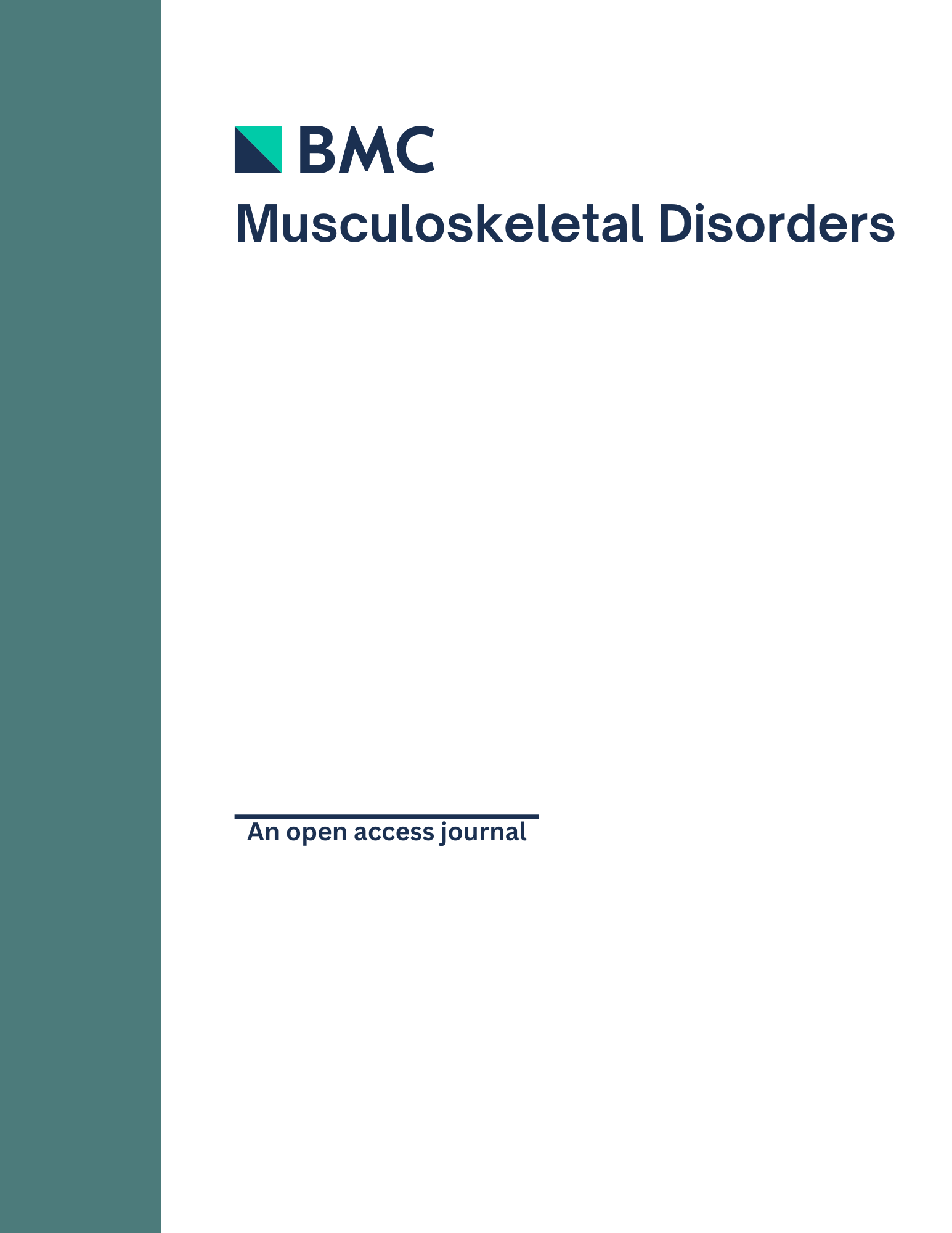
Perioperative celecoxib alongwith PCA leads to better postoperative pain control after TKA

Perioperative celecoxib alongwith PCA leads to better postoperative pain control after TKA
Perioperative celecoxib administration for pain management after total knee arthroplasty: A randomized, controlled study
BMC Musculoskelet Disord. 2008 Jun 3;9:77Did you know you're eligible to earn 0.5 CME credits for reading this report? Click Here
Synopsis
80 patients (>60 yr of age) scheduled to undergo total knee arthroplasty were randomized to receive either patient controlled morphine analgesia (PCA) or a combination of PCA and perioperative oral celecoxib. Perioperative celecoxib administration along with PCA, demonstrated better results in terms of visual analog scale (VAS) pain scores, active range of motion (ROM) and total opioid usage.
Was the allocation sequence adequately generated?
Was allocation adequately concealed?
Blinding Treatment Providers: Was knowledge of the allocated interventions adequately prevented?
Blinding Outcome Assessors: Was knowledge of the allocated interventions adequately prevented?
Blinding Patients: Was knowledge of the allocated interventions adequately prevented?
Was loss to follow-up (missing outcome data) infrequent?
Are reports of the study free of suggestion of selective outcome reporting?
Were outcomes objective, patient-important and assessed in a manner to limit bias (ie. duplicate assessors, Independent assessors)?
Was the sample size sufficiently large to assure a balance of prognosis and sufficiently large number of outcome events?
Was investigator expertise/experience with both treatment and control techniques likely the same (ie.were criteria for surgeon participation/expertise provided)?
Yes = 1
Uncertain = 0.5
Not Relevant = 0
No = 0
The Reporting Criteria Assessment evaluates the transparency with which authors report the methodological and trial characteristics of the trial within the publication. The assessment is divided into five categories which are presented below.
3/4
Randomization
4/4
Outcome Measurements
4/4
Inclusion / Exclusion
4/4
Therapy Description
4/4
Statistics
Detsky AS, Naylor CD, O'Rourke K, McGeer AJ, L'Abbé KA. J Clin Epidemiol. 1992;45:255-65
The Fragility Index is a tool that aids in the interpretation of significant findings, providing a measure of strength for a result. The Fragility Index represents the number of consecutive events that need to be added to a dichotomous outcome to make the finding no longer significant. A small number represents a weaker finding and a large number represents a stronger finding.
Why was this study needed now?
Many studies have suggested the use of non-steroidal anti-inflammatory drugs (NSAID) for multimodal postoperative pain management. The NSAIDs are a growing family of medications, with newer drugs associated with fewer side effects being developed. This study investigated the effects of NSAIDs on opioid-sparing and rehabilitation outcomes after perioperative celecoxib administration for total knee arthroplasty.
What was the principal research question?
Does the additional perioperative oral celecoxib administration to PCA improve the post-operative pain and active range of motion, while reducing total opioid use compared to PCA alone, as evaluated over 7 days?
What were the important findings?
- VAS Pain Scores: The intervention patients demonstrated less pain at 48 hrs compared to control group (2.13 ± 1.68 vs. 3.43 ± 1.50, p=0.03)
- VAS Pain Scores: At 72 hrs, the intervention group again demonstrated a reduced score: (1.78 ± 1.66 vs. 3.17 ± 2.01, p=0.02)
- Opioid requirements: Intervention group had a 40% decrease in total consumption compared to the control group (p=0.03)
What should I remember most?
Perioperative oral celecoxib administration along with PCA improved postoperative resting pain scores at 48 and 72 hrs, and total opioid consumption after TKA compared to PCA alone.
How will this affect the care of my patients?
Perioperative celecoxib can be a useful addition in multi-modal pain management after total knee arthroplasty along with morphine PCA. Studies with larger populations should be conducted to confirm the findings.
Learn about our AI Driven
High Impact Search Feature
Our AI driven High Impact metric calculates the impact an article will have by considering both the publishing journal and the content of the article itself. Built using the latest advances in natural language processing, OE High Impact predicts an article’s future number of citations better than impact factor alone.
Continue



 LOGIN
LOGIN

Join the Conversation
Please Login or Join to leave comments.